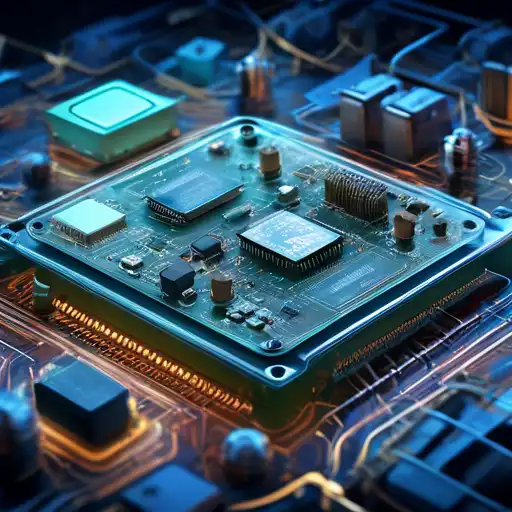Introduction to Embedded Systems
Embedded systems are the cornerstone of modern technology, acting as the brains behind countless smart devices we use daily. From smartphones to smart refrigerators, these systems ensure seamless operation and connectivity, making our lives easier and more connected.
What Are Embedded Systems?
An embedded system is a dedicated computer system designed for specific control functions within a larger system. It is embedded as part of a complete device often including hardware and mechanical parts. Unlike general-purpose computers, embedded systems are optimized for their particular tasks, leading to increased reliability and efficiency.
The Role of Embedded Systems in Smart Devices
Smart devices rely heavily on embedded systems to perform their functions. These systems process inputs from the device's sensors, make decisions based on pre-programmed instructions, and execute actions to achieve desired outcomes. For example, in a smart thermostat, the embedded system reads temperature data, compares it with user settings, and adjusts the heating or cooling accordingly.
Key Components of Embedded Systems
- Microcontrollers: The heart of an embedded system, microcontrollers are compact integrated circuits designed to govern a specific operation in an embedded system.
- Sensors: These components gather data from the environment, such as temperature, light, or motion, which the system then processes.
- Actuators: Actuators convert the system's electrical signals into physical action, like turning on a light or adjusting a motor's speed.
- Software: The software in embedded systems is tailored to the hardware it runs on, ensuring optimal performance and efficiency.
Benefits of Embedded Systems in Smart Devices
Embedded systems offer numerous advantages, including reduced size and cost, increased reliability, and lower power consumption. These benefits make them ideal for use in smart devices, where efficiency and compactness are paramount.
Future Trends in Embedded Systems
The future of embedded systems is closely tied to the growth of the Internet of Things (IoT). As more devices become connected, the demand for sophisticated embedded systems that can handle complex tasks and communicate over networks will continue to rise. Innovations in artificial intelligence and machine learning are also expected to play a significant role in advancing embedded system capabilities.
Conclusion
Embedded systems are the unsung heroes of the digital age, powering the smart devices that have become integral to our daily lives. As technology evolves, these systems will continue to become more advanced, further enhancing the functionality and intelligence of the devices we rely on.
